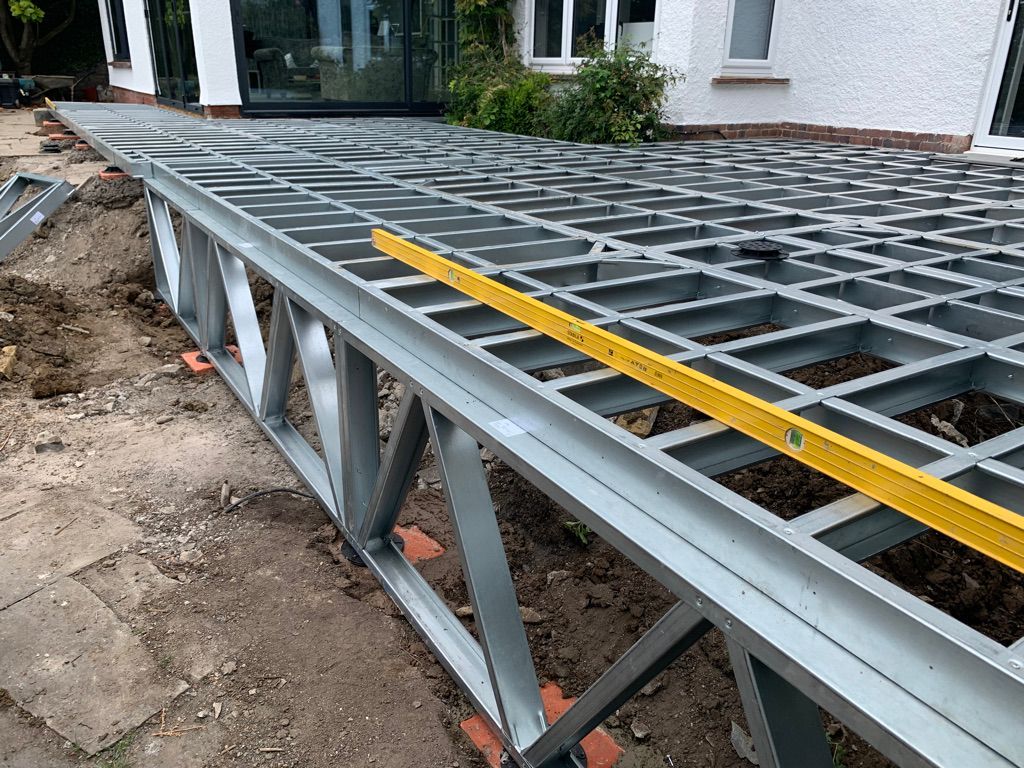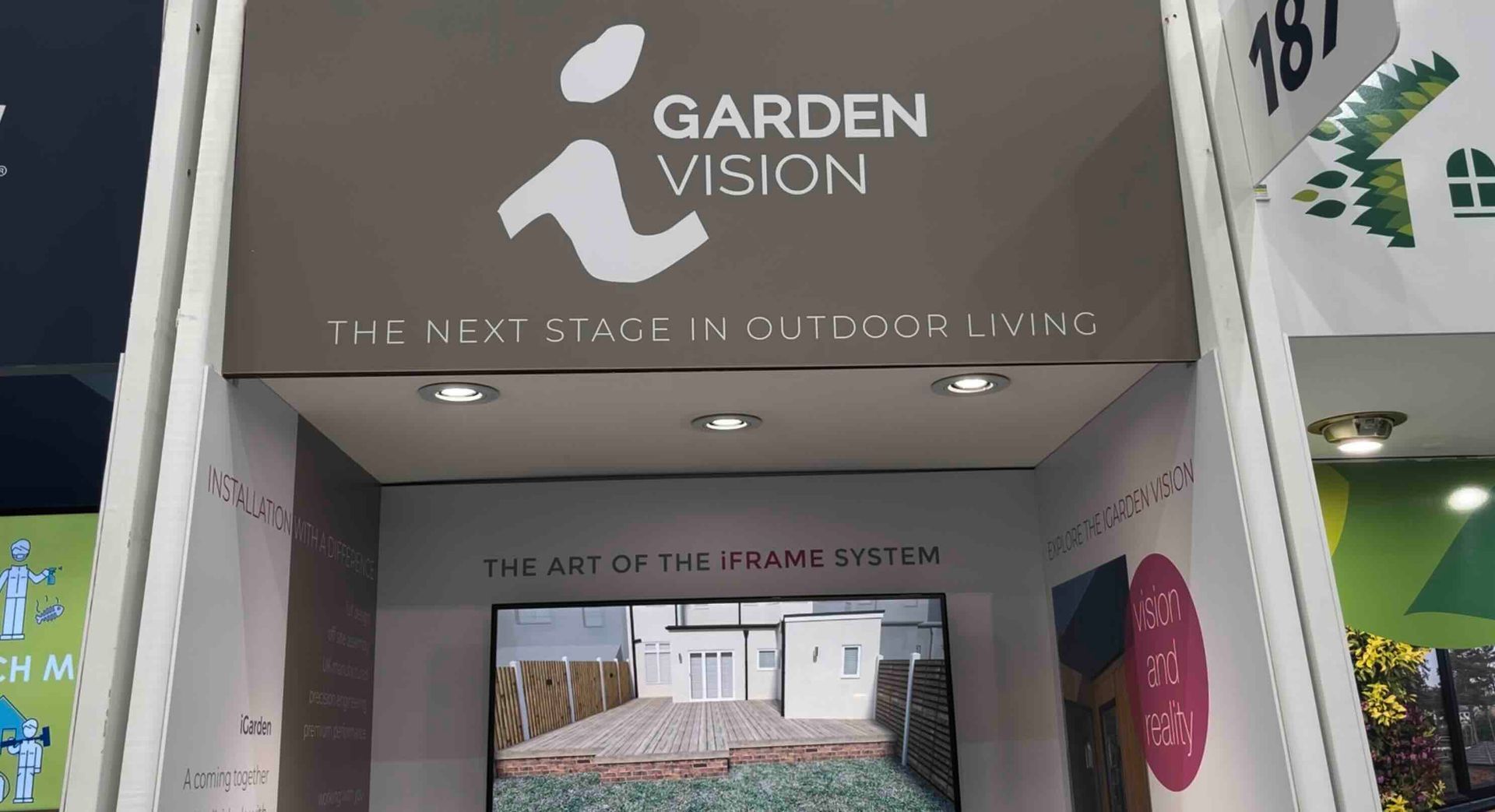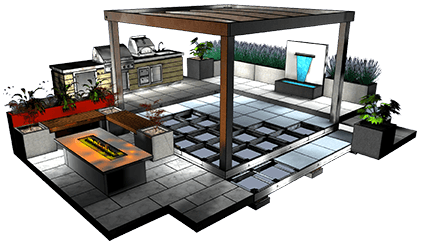The best materials for the job!

When it comes to constructing iFrame substructures, choosing the right material is crucial for ensuring durability, strength, and overall performance. Cold rolled steel stands out as an excellent choice for various reasons. In this blog post, we'll delve into the numerous benefits of using cold rolled steel for the iFrame substructure.
1. Superior Strength and Durability
Cold rolled steel is known for its high tensile strength and durability. The cold rolling process involves passing the steel through rollers at a temperature below its recrystallization point, which increases its strength and hardness. This makes cold rolled steel an ideal material for iFrame substructures, as it can withstand heavy loads and resist deformation under stress.
2. Enhanced Precision and Consistency
The cold rolling process allows for precise control over the thickness and dimensions of the steel. This results in a uniform and consistent product with tight tolerances. For iFrame substructures, this means that the components will fit together seamlessly, ensuring a stable and reliable framework. The precise dimensions also reduce the need for additional machining or adjustments during assembly, saving time and effort.
3. Improved Surface Finish
Cold rolled steel has a smoother surface finish compared to hot rolled steel. This is due to the absence of scale and other surface imperfections that are typically present in hot rolled steel. A smooth surface finish is particularly advantageous for iFrame substructures, as it enhances the aesthetic appeal and provides a better base for coatings and finishes. Additionally, the improved surface quality reduces the risk of corrosion and increases the overall lifespan of the structure.
4. Cost-Effectiveness
While cold rolled steel may have a higher initial cost compared to other materials, its long-term benefits make it a cost-effective choice for iFrame substructures. The enhanced strength and durability of cold rolled steel mean that it requires less maintenance and replacement over time. Furthermore, the precision and consistency of cold rolled steel reduce the likelihood of errors and rework during assembly, saving both time and money in the long run.
5. Versatility and Adaptability
Cold rolled steel is highly versatile and can be easily fabricated into various shapes and sizes to meet specific design requirements. This adaptability makes it an excellent choice for iFrame substructures, as it can accommodate different architectural styles and structural demands. Whether you need intricate shapes or simple, straight sections, cold rolled steel can be customised to suit your needs.
6. Environmental Sustainability
Using cold rolled steel for iFrame substructures is also an environmentally responsible choice. Steel is one of the most recyclable materials, and using recycled steel reduces the demand for virgin raw materials and minimizes waste. Additionally, the cold rolling process itself is energy-efficient, further reducing the environmental impact.
Conclusion
In summary, cold rolled steel offers numerous benefits for iFrame substructures, including superior strength and durability, enhanced precision and consistency, improved surface finish, cost-effectiveness, versatility, and environmental sustainability. By choosing cold rolled steel, you can ensure that your iFrame substructure is not only robust and reliable but also aesthetically pleasing and environmentally friendly. So, the next time you're planning a construction project, consider the advantages of cold rolled steel for your iFrame substructure and make an informed decision for a better, stronger, and more sustainable build.









